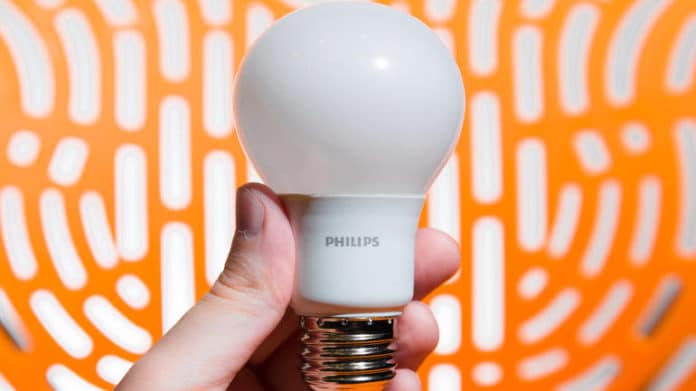As the world is moving towards a sustainable future, workplaces are being designed to be energy efficient, to provide employees with a more productive environment. Sumit Joshi, vice chairman and managing director, Philips Lighting India, in conversation with Nidhi Arora, executive editor, Electronics For You, shares how India is creating smart workplaces
SUMIT JOSHI
VICE CHAIRMAN AND MANAGING DIRECTOR, PHILIPS LIGHTING INDIA

Q. What is a smart workplace?
A. As India’s business landscape matures, expectations of employees have increased. Employers are adopting new technologies that allow them to harness the best from their teams and, in turn, boost engagement and productivity. These developments have led to the emergence of smart and connected offices, where the Internet of Things (IoT) drives new ways to collaborate, innovate and socialise.
Q. How does one go about building a digital workplace?
A. Supported by powerful connectivity, the IoT is driving new ways to collaborate, innovate and socialise. The same is true for a smart office environment, with connected lighting being a key element. Smart lighting offers higher occupant comfort, flexibility and profitability.
Connected lighting offers insights about a building by integrating seamlessly with the IT systems in the building, demonstrating how dynamic office spaces can become smarter and more efficient than ever before.
IoT-enabled lighting can dramatically reduce energy consumption, too.
Philips Lighting has Internet-connected lighting that can be paired with Power over Ethernet (PoE) technology, routing low-voltage electricity over Ethernet cables of a smart building’s IT network to power LED luminaires.
Q. How does this benefit employees?
A. As employees spend more time indoors, they have less exposure to the natural rhythms of daylight. Connected lighting enables offices to design indoor lighting to mimic the effects of natural daylight in an office, helping to optimise their Circadian rhythms. This can improve their overall mood and productivity.
Q. Are companies in India open to the idea of smart workplaces?
A. India will have the youngest employable population in the world by 2020. With an average age of 29, it is predicted that, as flexibility and ease of work goes up, the average retirement age will also increase. This will result in a workforce that is multi-generational and more diverse than ever before. Thus, workplaces for a resurgent and young India will need to be designed to keep employee comfort, well-being, energy-efficiency and connectivity in mind.
Q. Which industry segments are the early adopters of the concept?
A. We have observed a heightened interest from the technology and IT sectors for smart, connected lighting, as the impact on their operations is visible immediately.
Q. What hurdles are faced while building smart workplaces in India?
A. Organisations need to understand the ROI and benefits of smart workplaces, for their workforce. The benefits can extend from employee productivity, energy efficiency to enhanced collaboration. This can be overcome by increasing awareness about these solutions.
Q. Can you share with us a business case wherein an Indian organisation underwent the smart workplace transformation?
A. Connected lighting is being implemented in workspaces that facilitate a culture of innovation based on collaboration. Recognising the importance of this approach, a technology enterprise in India is leading the way in using connected LED lighting systems that can deliver these benefits and create smart, secure and interactive offices of the future. For example, staff at this company’s new Bengaluru research campus are using their smartphones to control aspects of their work environment such as lighting and air-conditioning. This has been made possible using the IoT technology from Philips Lighting and Cisco.
Also, 10,000 connected LED luminaries are being installed throughout the state-of-the-art facility—5000 of which are equipped with sensors and are powered over an Ethernet network.











